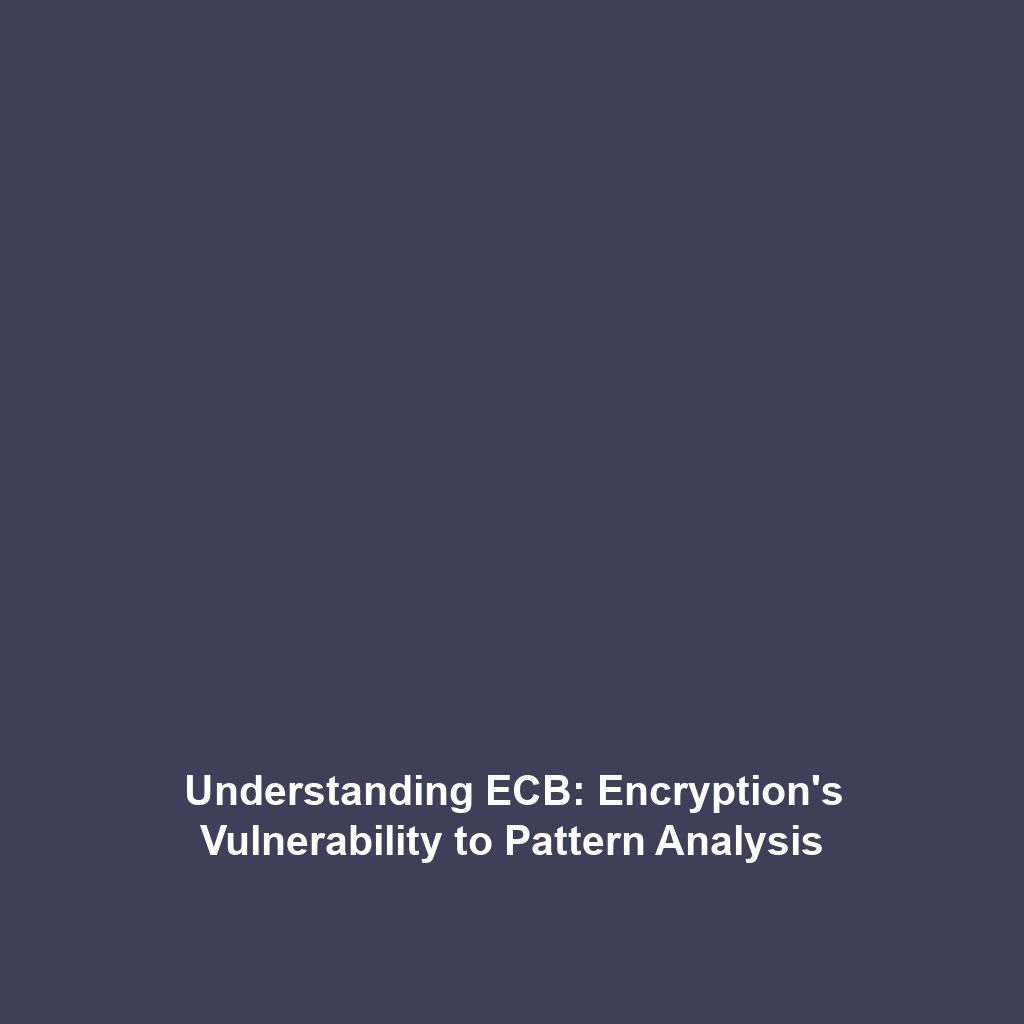Understanding SSL/TLS Protocol in Cryptography
The SSL/TLS Protocol plays a crucial role in securing data communications over the internet, making it fundamental for cryptography. By enabling encryption and secure transmission, SSL (Secure Sockets Layer) and its successor TLS (Transport Layer Security) protect sensitive information, such as credit card numbers and personal data. Understanding SSL/TLS is vital, as these protocols ensure the integrity, confidentiality, and authenticity of communications, which is essential in an increasingly digital world focused on privacy and security.
Key Concepts of SSL/TLS Protocol
The SSL/TLS Protocol operates on several key principles that are integral to cryptography:
- Encryption: It uses symmetric encryption for data confidentiality and asymmetric encryption for setting up a secure connection.
- Authentication: SSL/TLS relies on certificates to confirm the identities of parties involved in a communication, establishing trust.
- Integrity: The protocols ensure that the data transmitted has not been altered during transit, employing cryptographic hash functions for verification.
These principles position SSL/TLS Protocol as a cornerstone of cryptographic measures used in securing modern communications, showcasing its importance in safeguarding private information from unauthorized access.
Applications and Real-World Uses
The SSL/TLS Protocol is widely implemented across various sectors, highlighting its significance within the field of cryptography:
- Online Banking: SSL/TLS encrypts data transmission, safeguarding users’ financial information during transactions.
- Web Browsing: HTTPS, which combines HTTP with SSL/TLS, secures website traffic, ensuring users’ privacy as they navigate online.
- Email Communication: Secure email protocols utilize SSL/TLS for encrypting messages and attachments.
Understanding how SSL/TLS Protocol is used in cryptography is essential for recognizing its pivotal role in data security across numerous platforms and applications.
Current Challenges in SSL/TLS Protocol
While SSL/TLS Protocol is incredibly effective, it also faces several challenges:
- Backwards Compatibility: Legacy systems may not support the latest versions of SSL/TLS, creating security vulnerabilities.
- Certificate Management: The potential for expired or improperly configured certificates can lead to insecure communications.
- Performance Issues: The encryption and decryption processes can lead to latency, affecting user experience, particularly on mobile devices.
Addressing these challenges of SSL/TLS Protocol is crucial for maintaining secure communication standards.
Future Research and Innovations
The future of SSL/TLS Protocol is being shaped by ongoing research and technological advancements:
- Post-Quantum Cryptography: Innovations are focusing on developing SSL/TLS protocols that can withstand quantum computer attacks.
- Improved Certificate Transparency: Enhanced frameworks for monitoring certificate issuance aim to address trust concerns in digital communications.
- Lightweight Protocols: New lightweight versions of SSL/TLS are being explored to cater to IoT devices, which demand lower processing power.
These advancements hold potential for revolutionizing how we understand and implement SSL/TLS Protocol in the field of cryptography.
Conclusion
In conclusion, the SSL/TLS Protocol is essential for secure internet communications, playing a vital role in cryptography. By ensuring data integrity, confidentiality, and authentication, SSL/TLS protects sensitive information from malicious threats. As we move forward, addressing current challenges and embracing innovative research will enhance the robustness of these protocols. For more information on related topics, consider exploring our articles on Cryptography Basics and Data Security Best Practices.

